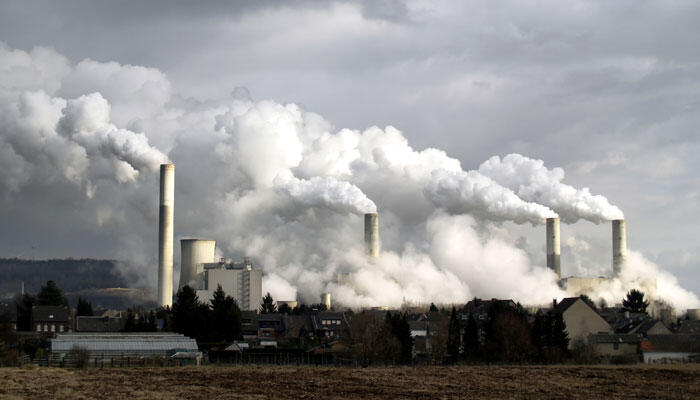It may be hard to imagine that pollution could be invisible, but ozone is. The most widespread pollutant in the U.S. is also one of the most dangerous. Ozone is the most important photo-chemical oxidant in the troposphere.As temperatures rise, the amount of ozone in the air we breathe also can increase. Ozone is formed when heat combines with certain chemicals from vehicle exhaust, industrial emissions and other airborne sources. It is formed by photo-chemical reactions in the presence of precursor pollutants such as NOx and volatile organic compounds. In the vicinity of strong NOx emission sources, where there is an abundance of NO, O3 is “scavenged” and as a result its concentrations are often low in busy urban centers and higher in suburban and adjacent rural areas. On the other hand, O3 is also subject to long-range atmospheric transport and is therefore considered as a trans-boundary problem.
Ozone develops in the atmosphere from gases that come out of tailpipes, smokestacks and many other sources. When these gases come in contact with sunlight, they react and form ozone smog.
Who is at risk from breathing ozone?
Anyone who spends time outdoors where ozone pollution levels are high may be at risk.
- children and teens;
- anyone 65 and older;
- people who work or exercise outdoors;
- people with existing lung diseases, such as asthma and chronic obstructive pulmonary disease (also known as COPD, which includes emphysema and chronic bronchitis);
- people with cardiovascular disease.











